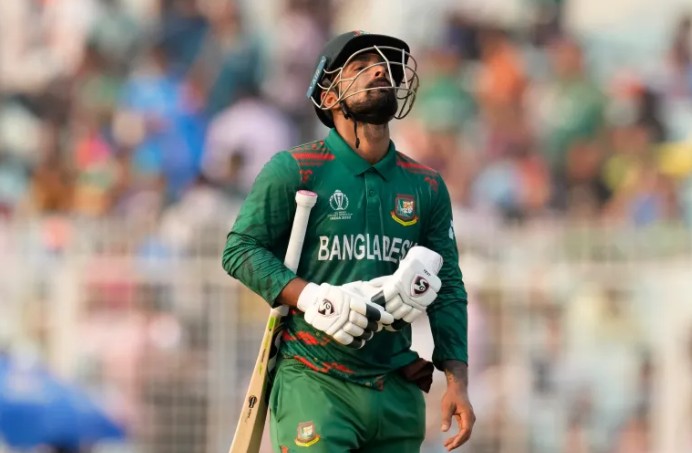Cricket is not just another game in Bangladesh—it’s a cultural pulse. From boy children wielding home-made bats in narrow alleys to filled stadiums waving tigers’ flags, cricket has the power to unify. As the game has grown, so has cricket betting. Whispery tea-stall bets over mugs of tea have become a technology-enabled industry that’s mainstream with anybody whose phone has mobile capabilities. The transition from the streets to the screens is one of persuasive conversion, innovation, and possibility.
The Early Days: Gaming in the Shadows
During the 1990s and earlier 2000s, underground cricket betting was done in Bangladesh. Betting was done by local friends with small amounts depending on who was going to win some game in one’s neighborhood or if some top batsman was going to score a fifty in some foreign match. The gambling was local and amateur, with very minimal bookkeeping.
National circles of wagering functioned secretly, frequently in conjunction with illicit bookmakers. Figures were scarce to obtain—wagers depended upon the grapevine, reports from newspapers, or radio stations. Wagering was profitable but was always risky and prohibited to the public at large.
The Earth Awakened
The advet of mass internet and mobile technology in the 2010s was the turning point. Affordable mobile phones and growing mobile networks transformed Bangladeshi people’s consumption of sport. Real-time scores, player stats, and match analysis were all immediately accessible.
This web revolution resulted in organized web gaming. Websites started providing systematic, transparent, and easy ways of betting. For cricket lovers, it was a revolution—now they could engage with the game in such ways never even imagined before, predicting while watching the game live.
The Role of Mobile Apps
The mobile applications have been at the forefront of this revolution. They have also ensured betting has been quick, easy, and safe. One signs up immediately, pays via local payment providers, and makes bets with minimal touches.
Items like 1xbet apk capture how the offshore operators have tailored their business to suit local markets, providing cricket-overloaded services like in-play betting, live telecasting functions, and statistical analysis. This kind of convenience has taken betting beyond the secondary activity that it used to be and integrated it into mainstream consumption of the game by the fans.
Cultural Shifts: Secret to Mainstream
The second basic transformation is cultural perception. Whereas betting had once been perceived as secretive or even taboo, the internet provided legitimacy. Internet forums, Facebook groups, and even casual conversations with friends have become common sites of discussion about issues of odds and prognostications.
They do not bet with the intention of making money, but they do want to be involved. Exciting to watch a one-run game, makes watching cricket with others sociable, and acts as a mechanism through which they are able to validate their cricket expertise.
Problems of the Contemporary World
Along with the growth, of course, comes some issues with cricket betting in Bangladesh. The status of online betting is unclear, and that’s of some concern to both operators and end-users. Problem gambling has also prompted greater responsible gaming initiatives.
Combating these sorts of behavior will be essential to ensure betting continues to grow safely and responsibly. Sites have begun to implement controls like spending limits and self-exclusion facilities, but there needs to be more regulation and standardization.
Conclusion: The Next Chapter of Cricket Betting
Cricket betting’s expansion in Bangladesh is part of the greater history of cultural and technological progress. One-time-informal, corner-street wagering has become a digital-first, adult business that appeals at deeper, more innovative levels of engagement with the game that its devotees are most fervent about.
The journey has only begun. With regulation, ethics, and continuous innovation, cricket betting can not only become a pastime but also a rich contribution to the digital economy of Bangladesh. For now, each run, each wicket, each heart-stopping finish is more than a matter of sport—it is a part of a developing relationship between a country, its favorite game, and the technology changing the way they interact.

